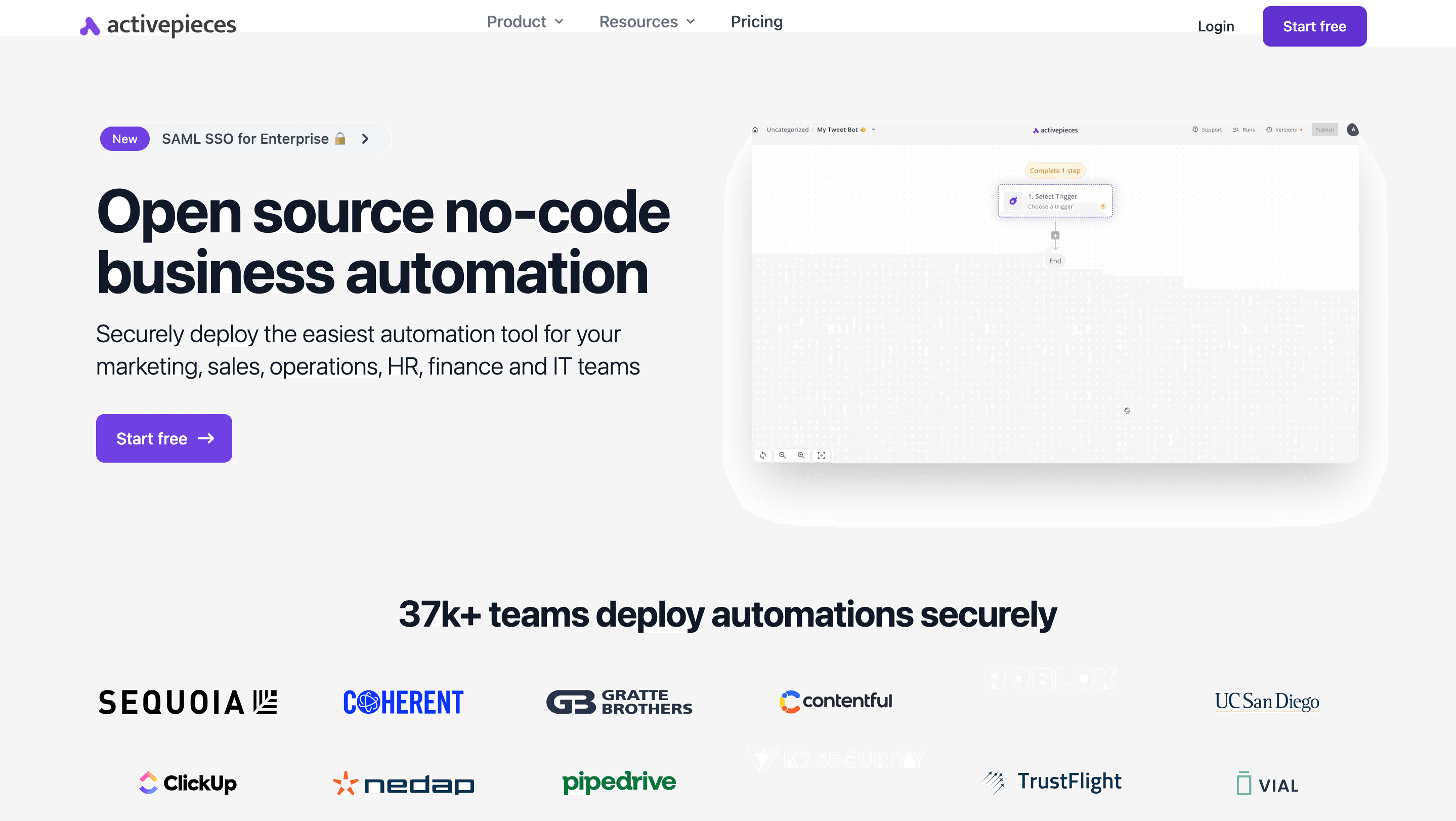[Guide] Processing Insurance Claims with Automation Tool

Processing Insurance Claims involves a series of procedures an insurance company follows to verify, evaluate, and either approve or deny a policyholder's request for coverage of losses or damages as stipulated in their insurance policy. These procedures are often a lot of manual work, which can considerably slow things down, frustrating policyholders and insurers alike.
It begins when the policyholder files a claim, providing necessary documentation and details about the incident or loss. The insurance company then reviews this information, often involving investigations, consultations with experts, and policy coverage assessments to determine the claim's legitimacy and extent. Leveraging automation tools helps insurance companies to significantly streamline their claims processing workflows, leading to faster resolutions and improved operational efficiency.
Understanding the Claims Process
The Claims Process involves two key players; the policyholder and the insurer ( insurance company). When a policyholder files a claim, typically through a phone call, online portal, or mobile app, a claim process is initiated and some basic steps are taken to determine the outcome of the claim. These steps include:
Data Gathering: The insurance personnel assigned to the case gathers information like policy details, accident reports, and damage estimates.
Claim Evaluation: The insurance personnel reviews the information to determine coverage, assess the validity of the claim, and estimate the payout amount.
Claim Settlement: If approved, the claim is settled, with the payout issued to the policyholder or a designated repair shop.
Examples of Claims Processes that Need Automation
To reduce the inconsistency from manually processing claims, automation tools can be used by the insurance company. Here are some specific claim processes that can be automated using tools like Activepieces:
Data Capture and Initiation: Automated Forms: Create online forms for various claim types (e.g., car accidents, property damage, health claims) that policyholders can use to initiate a claim and submit necessary details directly.
Data Extraction: Integrate with external data sources to automatically populate relevant information in the claim form. For instance, with a policyholder's consent, automatically pre-fill address details using their zip code or extract vehicle information from car registration databases.
Document Uploads: Allow secure upload of photos, videos, and documents (e.g., police reports, and medical bills) directly through the claim initiation form. This eliminates the need for separate email attachments or physical mail submissions.
Automated Routing: Based on the type of claim, severity, or location, automatically assign claims to the appropriate adjuster or team for faster processing. Customer Communication:
Automated Emails: Trigger automated email notifications to keep policyholders informed throughout the claims process. These could be updates on claim status, requests for additional information, or confirmations of appointments with adjusters.
Task Management: Automate task assignments for adjusters. The system can automatically generate to-do lists based on the claim stage, reminding them to review documents, contact repair shops, or schedule inspections.
Preliminary Claim Assessment: Develop rules-based workflows to perform an initial assessment of the claim based on submitted information. This could involve flagging high-value claims for senior adjuster review or automatically approving low-risk claims within set parameters.
Claims Triage and Investigation: Automate tasks like scheduling appointments with appraisers or initiating background checks on repair shops to streamline the investigation process.
Claim Settlement and Post-Claim Actions: Automated Payouts: For approved claims that meet predefined criteria (e.g., below a certain threshold, no disputes), send automated payouts directly to policyholders or repair shops via integrated payment gateways.
Customer Satisfaction Surveys: Automatically send surveys to policyholders after claim settlement to gather feedback on their experience. This helps identify areas for improvement in the claims process.
Policy Renewal Reminders: Based on the claim history and type of claim, trigger automated reminders for policy renewals or suggest upgrades to coverage based on identified needs.
The Benefits of Automated Claims Processing
By embracing automation, insurance companies can reap several benefits: Faster Claim Resolution: Quicker data collection, automated workflows, and reduced manual tasks lead to faster claim processing and payouts for policyholders.
Improved Customer Satisfaction: Faster resolution times and streamlined communication enhance customer satisfaction and loyalty.
Reduced Operational Costs: Automation frees up employee time for higher-value tasks and reduces costs associated with manual data processing and errors.
Enhanced Data Accuracy: Automated data capture and pre-filled forms minimize errors and ensure data consistency throughout the claims process.
Requirements for Claims Process Automation
Compliance: Activepieces offers on-prem hosting thereby complying with data privacy regulations and industry standards relevant to your region.
Security: Activepieces encrypts sensitive information and implements access controls within your automation processes
Scalability: Through the various available pre-connectors, HTTP and webhooks for integration, Activepieces allows insurance claims processing to accommodate workflows based on the increasing demand
Processing Claims with Activepieces

Processing Claims manually can take a lot of time, cause fatigue and also introduce some inconsistencies concerning data gathering. This is where automation comes in to ensure secure transmission and processing of claims data.
Activepieces is one automation tool that adapts to several use cases including insurance. It can also help with claim decisions by analyzing the available data on the policyholder. It also offers fully on-prem capabilities that allow the insurance company to own and set its security based on the IT requirements
Automation is no longer a futuristic fantasy for the insurance industry. By leveraging tools like Activepieces, insurers can significantly streamline claims processing, improve customer experience, and unlock operational efficiencies. This translates to a win-win situation for both insurance companies and policyholders.